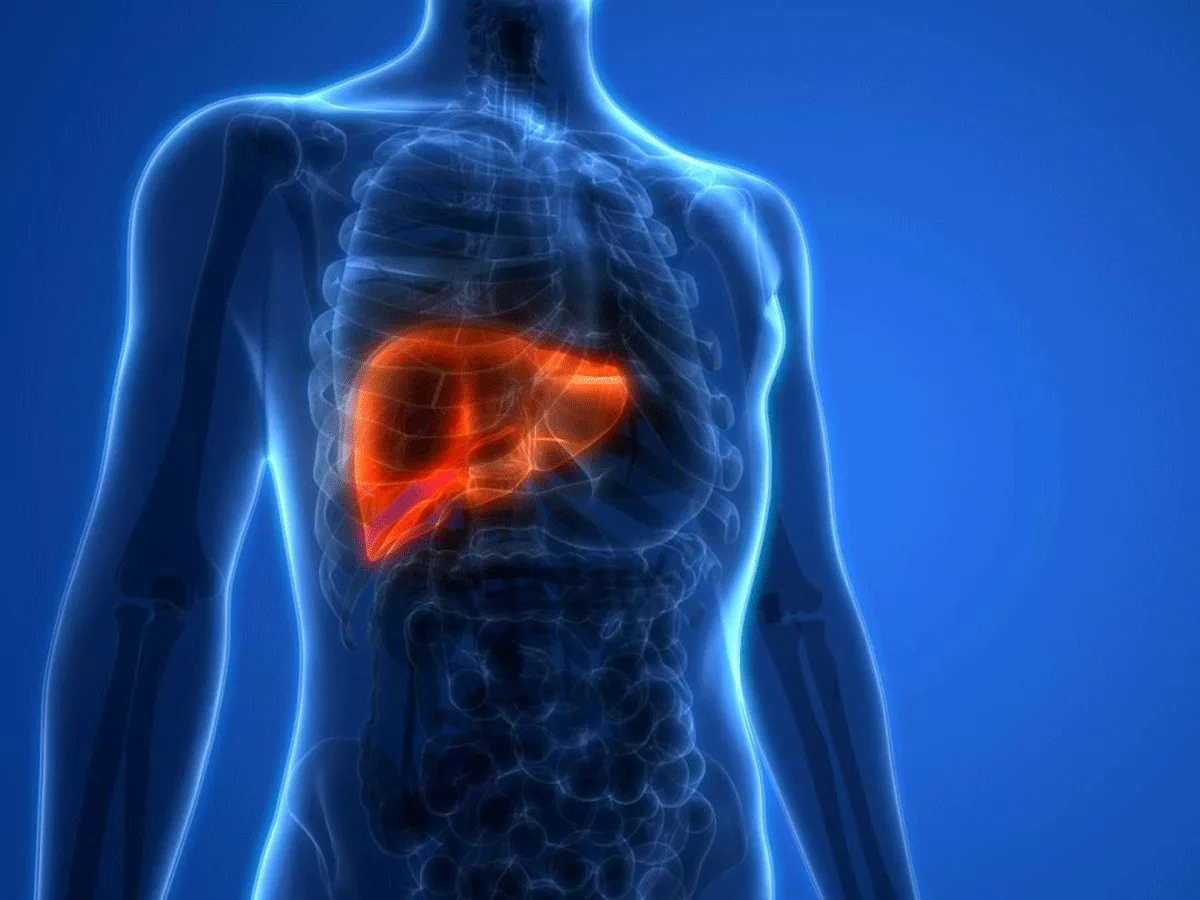An international study led by scientists at Duke-NUS Medical School in Singapore has identified signaling for the cytokine IL-11 as representing a potential new therapeutic target for acetaminophen-induced liver injury (AILI) in mouse models.
The study is also the first to reveal that species-matched IL-11 may be a regeneration-limiting hepatotoxin, the authors reported in the June 9, 2021, edition of Science Translational Medicine (STM).
"Numerous previous studies using human IL-11 in mouse cells and in mice have found human IL-11 to be 'protective,' inferring it is also protective in humans, but we found that human IL-11 is hepatotoxic, causing liver cell death," said first author Anissa Widjaja, an assistant professor in the Cardiovascular and Metabolic Disorders Program at Duke-NUS.
Acetaminophen is a widely used over-the-counter medication sold under multiple trade names. Its metabolite, N-acetyl-p-benzochinonimin (NAPQI), damages hepatocytic mitochondrial proteins, causing reactive oxygen species (ROS) production and c-Jun N-terminal kinase (JNK) activation. This results in hepatocyte death, liver disease and failure, but AILI treatment options are limited.
Limited treatment options
JNK inhibitors are only partially protective against AILI in mouse models and their clinical use is limited by toxicities. While caspase cleavage occurs in AILI, pan-caspase inhibitors have proved ineffective in preventing hepatocytic cell death.
Liver regeneration following hepatic injury can be profound in both rodents and humans, as seen following partial hepatic resection, but is suppressed in AILI, resulting in permanent liver injury.
Alternatively, targeting pathways that restrict hepatic regenerative ability may trigger natural regeneration and prove useful in AILI.
IL-11 is secreted from acetaminophen-injured hepatocytes in mice, while high levels of IL-11 expression are detected in the serum of AILI mouse models.
Recombinant human IL-11 (rhIL-11) administration has shown efficacy in these models and is protective against hepatic ischemia, endotoxemia and inflammation, prompting its proposal for treating AILI patients.
However, recent studies in nonalcoholic steatohepatitis (NASH) have shown that IL-11 may be detrimental for hepatocytes, due to "impaired hepatocyte mitochondria function and fatty acid oxidation," said Widjaja.
This discrepancy with the previous literature prompted the new STL study, in which researchers led by Stuart Cook, Tanoto Foundation Professor of Cardiovascular Medicine at Duke-NUS, investigated the effects IL-11 in AILI mouse models.
The beneficial effect of rhIL-11 in these mice was found to be due to its inhibition of endogenous mouse IL-11 activity, with species-matched IL-11 being shown to behave as a hepatotoxin.
For example, IL-11 secreted from acetaminophen-damaged human and mouse hepatocytes was found to trigger nicotinamide adenine dinucleotide phosphate (NADPH) oxidase 4- (NOX4)-dependent cell death downstream of acetaminophen-associated mitochondrial dysfunction.
"Metabolism of [acetaminophen] in hepatocytes by [the hepatic membrane protein cytochrome P450 2E1] CYP2E1 leads to mitochondrial damage by NAPQI and ROS production, which triggers IL-11 expression and IL-11 secretion," said Widjaja.
"The IL-11RA [IL11 receptor subunit alpha chain 1 alpha] is highly expressed on hepatocytes, while secreted IL-11 activates an autocrine signaling loop to upregulate NOX4 and generate further ROS," she told BioWorld Science.
"ROS-dependent JNK activation drives hepatocyte death, which results in a combination of necrosis and other forms of cell death, while also limiting hepatic regeneration."
Moreover, hepatocyte-specific genetic deletion of IL11ra1 using an adeno-associated virus serotype 8 (AAV8) in adult mice was found to be more than 90% protective against AILI, despite normal acetaminophen metabolism and cellular glutathione (GSH) depletion.
This latter finding "shows that IL11RA deletion does not cause unintended side effects on hepatic CYP2E1 expression, the function of which is to metabolize fatty acids and to deactivate toxic compounds, including drugs, that enter the body," said Widjaja.
Mice with germline deletion of Il11 were also protected against AILI, while deletion of the IL1ra1 or IL11 genes was associated with reduced JNK and extracellular signal-regulated kinase (ERK) activation, while rapidly restoring GSH concentrations.
Administration of the neutralizing IL-11RA antibody, anti-IL11-RA/X-209, was then shown to reduce AILI in mice across genetic backgrounds and to promote survival when given up to 10 hours after acetaminophen exposure.
"Survival in mice given anti-IL-11RA/X-209 was 90%, compared with zero survival with an immunoglobulin G (IgG) control antibody, with normal liver function being seen in survivors within 7 days of acetaminophen poisoning," said Widjaja.
"Although we did not test anti-IL-11RA/X-209 efficacy beyond 10 hours, for patients presenting 8 hours or later following acetaminophen poisoning, there is currently no effective treatment," she said.
Furthermore, IL-11 signaling inhibition with anti-IL-11RA/X-209 versus IgG controls was associated with upregulation of markers of liver regeneration, including cyclins and proliferating cell nuclear antigen, together with retinoblastoma protein phosphorylation 24 hours after AILI.
"These commonly used hepatic regeneration markers have been extensively tested and shown to be predictive in numerous previous studies," noted Widjaja.
Collectively, these findings suggest that species-matched IL-11 is hepatotoxic and that IL-11 signaling might represent an effective therapeutic target for acetaminophen-induced liver damage.
In future, said Widjaja, "the pharmaceutical company, Boehringer Ingelheim, has taken over the development of IL-11 inhibitors and are rapidly moving toward bringing these drugs to patients, once appropriate safety testing has been performed and good manufacturing processes are in place."

